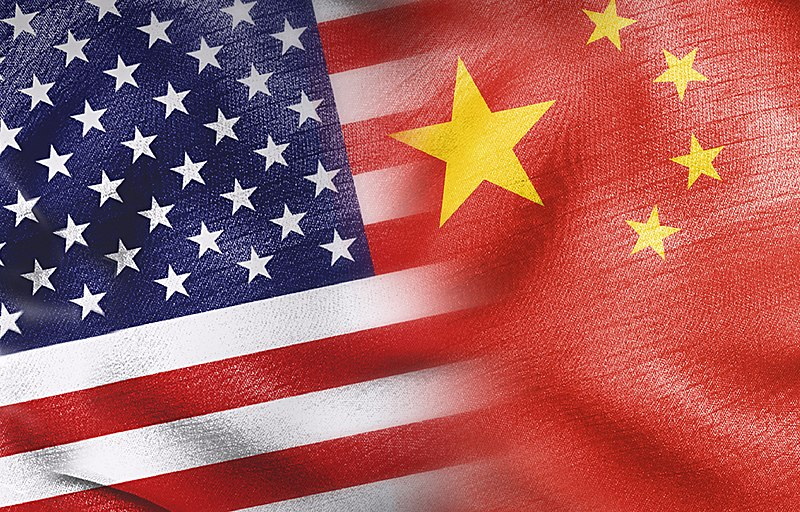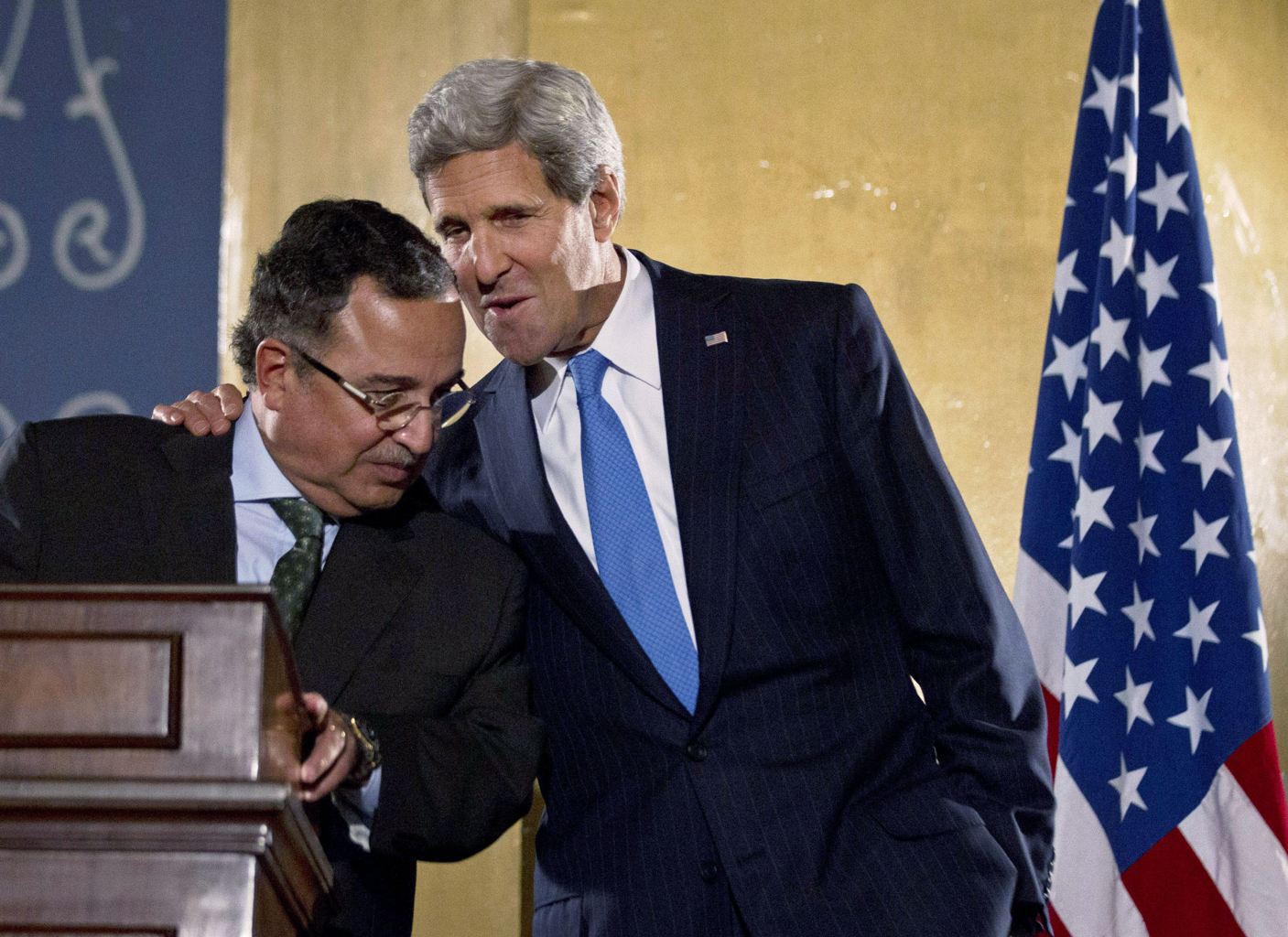Competition for Network Hegemony
Four years ago, analysts estimated that humans generate roughly 2.5 quintillion bytes of data every day. Predictions of how much more humanity might generate over the next 10 years as digital processes and devices rise in popularity involve figures equally abstract and astounding.
A growing amount of this data is critical to the security and prosperity of the United States of America and its allies. To ensure the integrity of this information and protect it from being rerouted, hijacked, or intercepted by an adversary, it is important for the data to flow through “safe” or “trusted” networks.
Chinese and American political and military leaders recognize that an element of national power in the 21st century will depend on network hegemony. An essential dimension of network hegemony involves owning and operating the network infrastructure and hardware that enable cross-border information flows. Currently, 98% of all internet and telecommunications data flows through around 400 underwater cables owned mostly by the U.S.
America’s predominance in many critical components of network infrastructure, including cloud computing, submarine cables, semiconductors, and satellites, will not last without sustained strategic investments and allied partnerships. American network hegemony has already faced stiff competition from Chinese companies in other equally critical areas like “smart” devices and 5G telecommunications.
Since the 1990s, China has strategically sought to increase its ownership and operation of the networks upon which cross border data transfers depend, in part by subsidizing domestic companies. By doing so, it can simultaneously address a domestic need – largely stemming from China’s techno-military industrial complex – for “network sovereignty” and reduce the risk of foreign adversaries accessing its sensitive data.
Thanks to the collective efforts of now globally competitive companies such as Huawei, Hengtong Group, Baidu, China Telecom and others, the first fiber optic cable connecting Africa and Latin America was built by China, from end to end. Data that flows through this cable is ultimately susceptible to surveillance by China. Interestingly, during this same period, discourse and official documents in the U.S. have normalized viewing China through the lens of a “great power competitor.”
However, Chinese ambitions for network hegemony still face significant challenges. For example, a lack of global Chinese network infrastructure means 80% of China’s international data traffic passes through U.S./EU carriers before arriving at its Chinese destination, making it vulnerable to interception by U.S. intelligence agencies.
Despite the current U.S. administration clearly signaling its intent to continue with many of the Trump Administration’s stringent tech policies, China has not been deterred from unequivocally signaling its own intention to dominate global networks, especially across the Asia-Pacific region, via a combination of diplomatic and economic initiatives like the Digital Silk Road and military concepts like Integrated Network Electronic Warfare.
Consequences of Pursuing Network Hegemony
Decisionmakers on both sides perceive that the outcome of any future U.S.-China military conflict will be heavily determined by who controls the particular nodes, networks, and information flows relevant to the battlespace, including by denying their access to the enemy.
Furthermore, if competition for network hegemony is limited to economic domains, there is an even greater need for prevailing network powers to cooperatively establish international standards, policies, and regulations. Most of these standards are currently undeveloped or underdeveloped, but work is clearly ongoing. Without them, for example, opportunities to increase international trade and establish globally interoperable digital platforms will suffer.
It is also interesting to observe how new kinds of network alliances have effectively been formed to ensure that particular kinds of data flow through particular nodes and networks. One example of this is the U.S.’s Clean Network Initiative.
The Clean Network Initiative’s stated objective is to “keep doing all we can to keep our critical data and networks safe from the Chinese Communist Party” and to address long-term threats authoritarian actors pose to “data privacy, security, [and] human rights.”
NATO’s Deputy Secretary-General, Mircea Geoana, stated that initiatives like Clean Network represent “significant and welcome progress” in ensuring 21st-century networks are “safe, secure and trusted.” Current and future alliance members will certainly be scrutinized over their choices of which information networks they rely on.
However, there is a risk that regional network alliances turn into regional data silos or “closed network spaces”, particularly if international standards remain underdeveloped or arbitrarily exploited for national advantage. A heightened risk for escalating conflict between competing regional network blocks is just one potential undesirable consequence stemming from this trajectory.
Avoiding Conflict
Consequently, it remains important for the U.S. and China to maintain open lines of communications, engage in dialogue over the development of strategic technologies, and identify areas of feasible cooperation to explore in multilateral forums. With sufficient political will, they can define what this means in practice while acknowledging many existing differences between the two sides.
When the BRICS countries first decided to lay their own fibre optic cable, for example, their explicit justification was reducing the “risk of potential interception of critical financial and security information by non-BRICS entities.” If continued, this trend will pose serious political, commercial, military and other challenges to U.S. and Allied decisionmakers, much like Huawei’s involvement with global 5G network infrastructure did.
Relying on public–private partnerships to close the digital divide that exists within America and other allied countries has already become a critical component of national security and a risk mitigant that merits further attention. So far, U.S. companies have failed to provide commercially competitive alternatives to Huawei, Baidu and others, which makes complying by the Clean Network Initiative’s requirements more difficult.
To conclude, global gains made by various Chinese tech companies and others cannot simply be rolled back. Yet, creative solutions involving public–private partnerships to close this divide within U.S. and Allied nations will be a critical ingredient to achieving 21st-century network hegemony and addressing long-term threats to privacy, security, and human rights.
Image: American and Chinese Flags (26 August, 2021) by “Territory of American Canada” via Wikipedia Commons. Licensed under CC 4.0 International.
Disclaimer: Any views or opinions expressed in articles are solely those of the authors and do not necessarily represent the views of the NATO Association of Canada.




